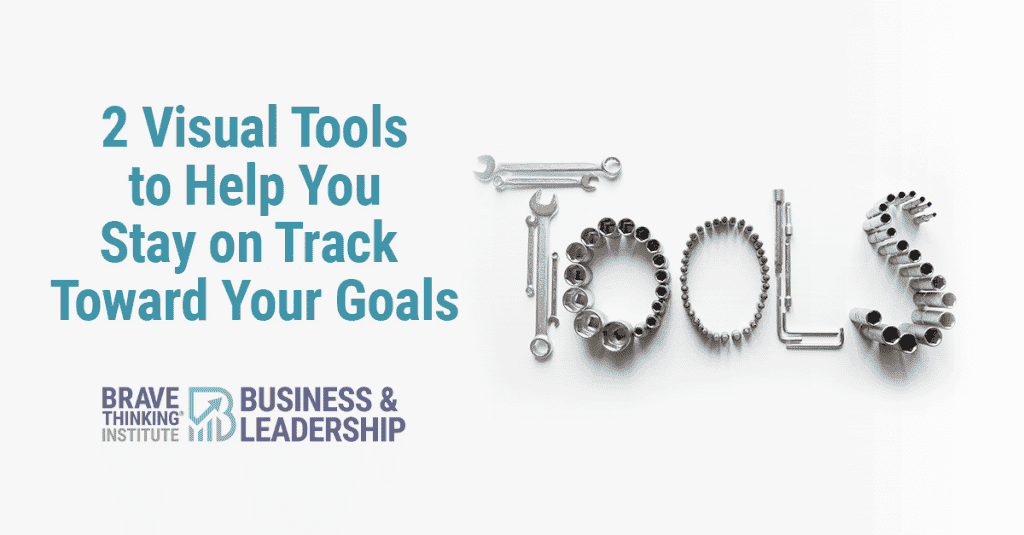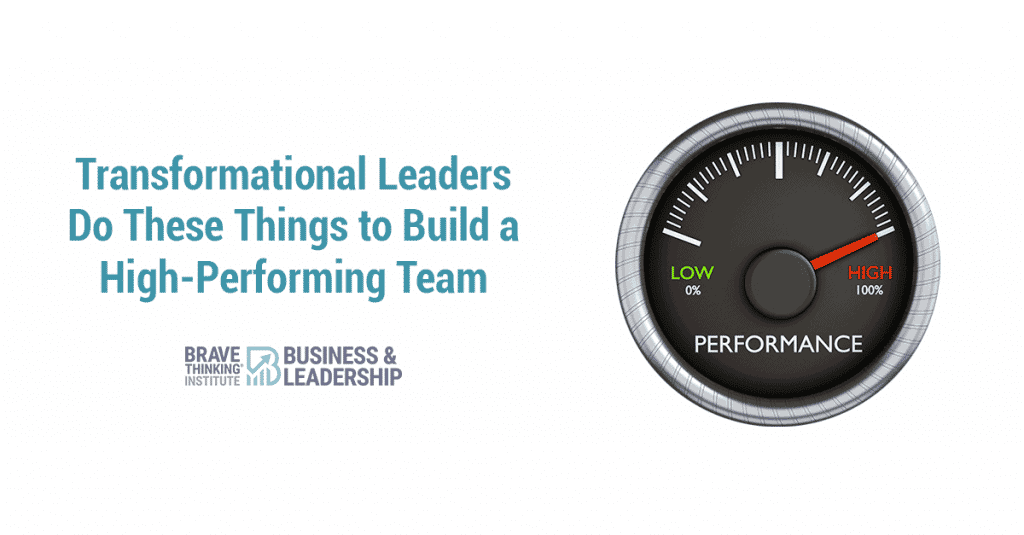Keep Track of Where You Are — and Where You’re Headed
Have you ever set a goal … only to lose sight of it months, maybe just weeks, later?
Most of us have, which is why it’s not enough to simply create a vision or even to develop a plan for how you’ll bring your vision to life.
To increase the chances that we take consistent action that moves us steadily toward our goals, it’s vital to keep our vision right in front of us. In this article, we’ll explore two easy and proven ways to do just that.

Method #1: Create a Compelling Scoreboard
The first method for maintaining focus on our vision comes from The 4 Disciplines of Execution by Sean Covey, which is one of my Top 10 Most Influential Leadership Books.
In my most recent two articles, we covered Covey’s first two disciplines:
- The first discipline is to identify your Wildly Important Goal, the goal that you would pick if you could get only one thing done this year.
- The second discipline is to focus on “lead measures”, which are the actions you’ll take on a regular basis to accomplish your Wildly Important Goal.
The third discipline is to create a “compelling scoreboard.”
Why Keeping Score Matters
Think back to when you were in grammar or elementary school. What would most teachers hang up on the wall to help reinforce good behavior? A chart or scoreboard of some sort!
Perhaps you received a gold star when you completed a task. Or maybe your name moved up and down a scale to indicate when you were behaving well vs. when you were being a bit too rambunctious in class. Perhaps your parents even carried this idea home, putting up a chore chart and giving you stars or check marks with every successfully completed task.
As we grow up, we tend to stop using scoreboards. But there’s great human psychology behind the idea of keeping score, which is why Covey recommends it. A scoreboard is a powerful visual tool that keeps track of:
- Your successfully completed lead measures (your success at taking action)
- Where you are in relation to your Wildly Important Goal (your progress)
Important Elements of a Great Scoreboard
The most effective scoreboards share two characteristics.
First, your scoreboard should tie to your lead measures.
Your scoreboard is how you’ll keep track of the important activities you identified when setting up lead measures. These are the activities that, if completed, will help you make progress toward your goals.
For example, if your Wildly Important Goal is in the realm of fitness and health, you would establish lead measures that, if met, would guide you to better health. Examples might include how often you work out, how often you eat a healthy meal, and/or how many calories you’re taking in daily.
Second, your scoreboard should be easy to read.
With a quick glance, you should be able to answer the question, “Am I winning or am I losing?”
Think about most sports, for example. In nearly every case, there’s a scoreboard that tells you at a glance how many points each of the competing teams has earned. You want your scoreboard to be that clear, as well.
Your scoreboard can take whatever format you like, as long as you can tell within seconds how you’re doing in relation to your goal. You could use a line chart, a bar graph, a pie chart — even a sticker chart if you want.
Method #2: Use a Vision Board to Keep Your Vision Front and Center
For many people, a written goal and scorecard is enough to keep their vision present in their minds. But I like to take one extra step – and I encourage you to try this, as well.
My secret? Create a vision board for the year.
Vision boards are essentially collages with images, and perhaps other items, that capture the idea and essence of the goals you want to achieve. I adopted the habit of creating an annual vision board about a decade ago, and it’s made a tremendous difference in my ability to hold a vision of my success in my mind.
Vision boards are powerful because our subconscious minds think in pictures.
Our subconscious minds are also far more powerful than our conscious minds. A vision board gives your subconscious mind a clear picture of what you want to attract. Essentially, it issues your mind the marching orders in a “language” it understands, so it can start to make your dreams happen.
The “old school” way to find images for your vision board is to cut images out of magazines. However, you can also print photos off your phone or camera or even search Google. Then glue or tape the pictures onto a piece of paper or poster board.
Organizing Your Vision Board
I organize my vision board into several sections:
Quadrant 1: Health and Well-Being. This is where I’ll use images of healthy food, the types of physical activities I want to engage in, pictures of my younger and slimmer self, etc.
Quadrant 2: Love and Relationships. Here’s where I’ll post pictures that help me envision the type of marriage I want, the relationships I desire to enjoy with my kids, and other important relationships in business and personal life.
Quadrant 3: Vocation. In this quadrant go pictures that help me stay focused on my business goals. I include pictures that represent the goals I’ve set for the organization, as well as goals I’ve set for myself as a continually evolving business leader.
Quadrant 4: The “Goodies.” This is where I put the pictures of the rewards I’m going to give myself. Your photos might include a new house, a new car, special jewelry, a trip, etc. One of my rewards this year will be a fun new computer.
Center: Relationship with Your Higher Power. This is something special that I add to the center of my vision board. I put my relationship with my higher power, which I choose to call God, in the center, because if I’m not right with that power, I find that none of the rest of what I want to create will happen the way I want.
Finally, along one side, I put the scoreboard for one of my goals. The scoreboard I review every day is a thermometer for my annual financial goal that stretches from where I’m starting to where I want to end up by year’s end. I use this particular scoreboard, because I’ve found that money is a good big-picture measurement of the value and impact I’m having on the world.
How to Use Your Vision Board and Scoreboard
A vision board and scoreboard are designed to keep your vision top of mind – and make it easy to quickly gauge your progress toward your goal. To fulfill this purpose, it’s essential that you review both tools on a regular basis.
I encourage you to post these tools in a place where you’ll see them daily. Perhaps post them on your bathroom mirror or in your office. I like to keep my vision board and financial scoreboard in my closet. It allows me to put on a vision for the life I would like to create as I put on my clothes for the day.
Implement This Discipline
Vision boards are great for creating a clear mental picture of what your life will look like when your goals are realized. Scoreboards are an excellent tool to gauge your progress and success at executing the plan you’ve developed to bring your vision to life.
To help you transform these ideas into action in your own life, I encourage you to take a minute right now to share your thoughts about the type of scoreboard you’ll create. I also invite you to post a picture of the vision board you create. Whether you use both tools or only one, keep your vision front and center to increase your chances of success!




Hey John:
thank you for this detailed steps, this is very helpful, you have inspired me to do a vision board. I did one but never really as detailed as above, and hung it in a place that I hardly get to see it, in my bedroom.
I am certainly going to revise it and make changes also add the thermometer.
I have to admit I have been a bit lazy with my dream, but it is time to put some fuel on it now.
thank you again
Thank you for steadily keeping us/me on dream builder track.